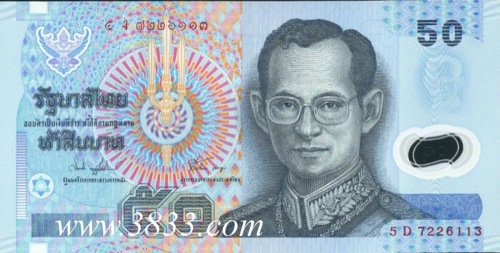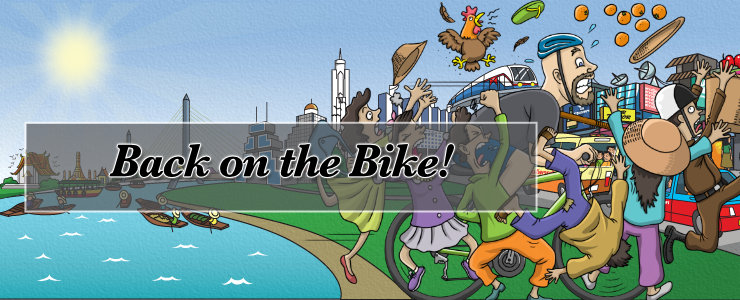It never fails – every time I’m in a taxi, the final fare happens to be either 45 baht, or 65 baht (or something very close to these). You can either fumble with a fistful of 20’s – if you have enough – or give the driver 100 baht note, which are plentiful. If you’re lucky, you’ll get the correct change back (sometimes a fistful of coins), but quite often, you’ll get a grinning driver who tells you ‘Sorry, no have change.’ As you dig in your pocket for more, tuk-tuks and taxis are honking behind you and motorbikes are whizzing by your door – it’s just a crap scenario to be in. This is all usually avoidable if you have a 50 baht note (sometimes you need a 20 to bolster the final tally), but they’re not as common as you’d think! That’s why, in Thailand, the 50 baht note is one of my all-time underrated things.
Maybe it has something to do with the fact that they were discontinued in 2004, but they’re not often seen. In fact, whenever I get one, I stash it in an alternate pocket in my wallet – perfect for those times when you need something more than 40, but less than 100. It may seem like a trivial, silly thing, but it often really speeds a payment up. They’re also one of the small number of notes around the world that are plastic, something that the Australians figured out. They last a lot longer than the ol’ paper money (actually mostly cotton) that’s the standard, and are much harder to counterfeit. All hail the ‘fiddy’ baht!






I could not agree more. I paid the cabbie with a 50 this am. Why aren’t there more fifties? And why are there “belts” in cabs but not the actual buckle part to slide into? Points to ponder…and I think you need a follow up post about the futility of the satang.
Don’t knock the satang,I was drinking with an old mate and we decided to ring his cousin in Aus needless to say my 160 bt credit went fast.I got home and realised I had no ice, eggs for a hamburger, checked my credit I had 60 satang left just enough to send the emergency text to my girl friend who’s arrival was eminent. I live on the forth floor.